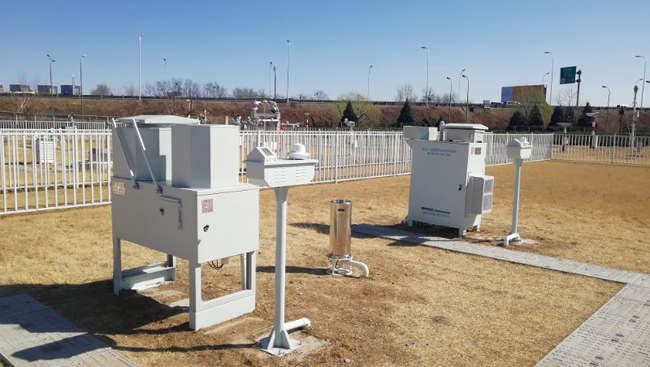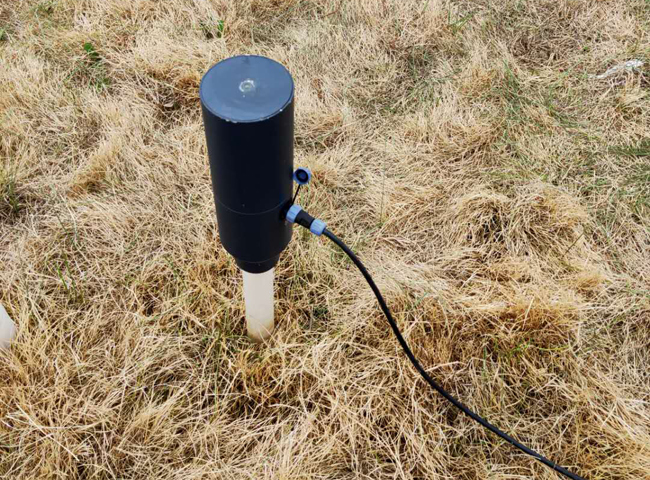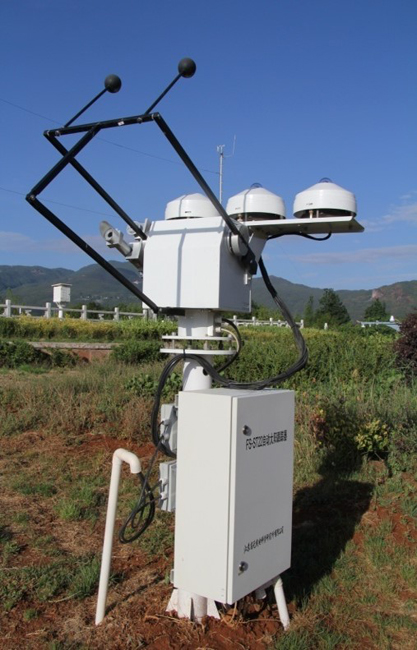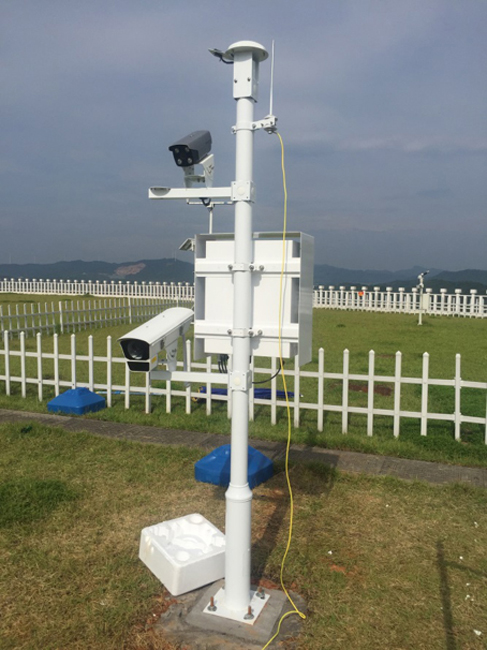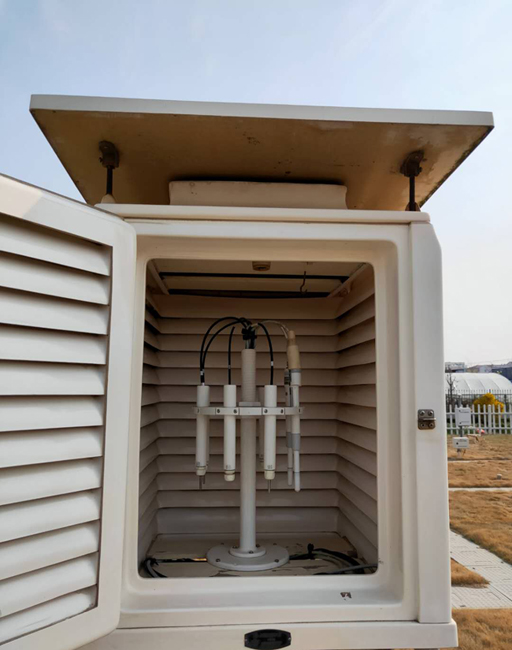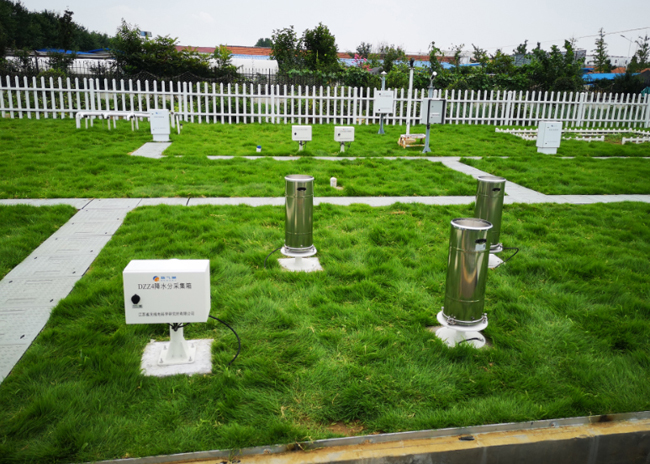Overview of new instruments of automatic surface observation
Source: China Meteorological News Press
Date: 2020/11/17
After the automatic surface meteorological observation goes through the pilot operation and trial run, some new instruments have successively come aboard and come into play. How about their functions and performance? Let’s have a close look. Automated acid rain observation system This system is composed of automated precipitation sampler, automated precipitation sample analyzer, and integrated data processing software, which is mainly responsible of observing pH of precipitation, conductivity, precipitation sample temperature, amount of precipitation and so on.
It can automatically collect precipitation samples, record the starting and ending time of the precipitation process and the temperature of precipitation samples, automatically complete the measurement of precipitation pH and conductivity, record and store relevant data information, and update the data. In terms of the operational pattern, it will automatically collect one precipitation sample at 24-hour interval. When the precipitation sensor detects the emergence of precipitation, it will switch on the precipitation sampling bucket within the designated delay time, and switch off the bucket upon detecting that the precipitation stops. Automated frozen earth observation system Automated frozen earth observation device has rolled multiple advantages like high precision observation, stable performance and convenient maintenance all into one against the background of the increasing demand in terms of fields like climate monitoring, agricultural production, construction planning and design, and environmental monitoring.
The observation contents include layer and depth of soil freezing. It will adopt threshold judgement approach to measure the depth of soil freezing via the measurement of water phase based on freezing features of hydrous water. During data transmission, there are two models, namely, subjective transmission and passive transmission. When the passive transmission model is activated, it will complete data collection and processing every minute, wait for data reading command, and send the most recent data to the upper computer; when the subjective transmission model is activated, it will carry out data transmission with the upper computer based on the preset program. Radiation observation system This system is composed of basic baseline radiation stations, first level radiation stations, second level radiation station, and three level radiation stations.
During data collection, the basic baseline radiation station adopts simulative radiation sensors and carries out baseline radiation data collection together with the connected baseline radiation collection devices. Other radiation stations are all equipped with digital radiation sensors, and can directly output data like total radiation, reflective radiation, scatter radiation, direct radiation, and atmospheric long wave radiation, and so on via data processing. After the data collection, radiation stations will compile, calculate, store data from all radiation sensors and supporting files, form a package data compatible with the demand of data dictionary, and upload them. Weather phenomena video smart observation device The device is composed of video collection, data processing module, telecommunication module, power supply module, attachments, and others. It can automatically identify weather phenomena or factors like cloud volume, cloud form, ground condensation phenomena, ice freeze, snow cover, or snow depth.
Via this device, it can automatically collect videos and images. The image sampling collection frequency is one time per minute. And the video sampling collection frequency is 6 times per hour. It has a data processing module which can automatically check images, sense qualified images via the smart identification algorithm, and automatically observe and identify weather phenomena or factors. Temperature multi-sensor standard system This system is composed of 3 temperature sensors, temperature multi-sensor standard control device, and so on. It has addressed the problem of error in temperature sensor in automatic meteorological station resulting in abnormal or deficient temperature data, and ensured the complete and feasible temperature data.
During data collection, 3 temperature observation data from the three temperature sensors can enter into the standard control device, and be processed into standard value via integrated algorithm and monitoring algorithm. During data processing, each temperature sensor will collect temperature observation data per minute, carry out data processing via the control device, and form standard temperature value. Precipitation multi-sensor standard system It encompasses 3 tipping-bucket rain sensors, precipitation multi-sensor standard control device, and so on. It has cracked the problem of error in rain sensor in automatic meteorological station resulting in abnormal or deficient precipitation data, elevated the automatic level, and reduced the workload of manual maintenance.
During data collection stage, the sampling frequency is one per minute. Each of the three tipping-bucket rain sensors respectively collects precipitation observation data, and forms tipping-bucket rain standard value after automatic data processing. Afterwards, the system will connect the 3 sensors into the control device, and realize data telecommunication via the collector of automatic meteorological stations. Editor: Liu Shuqiao Previous issues
|

